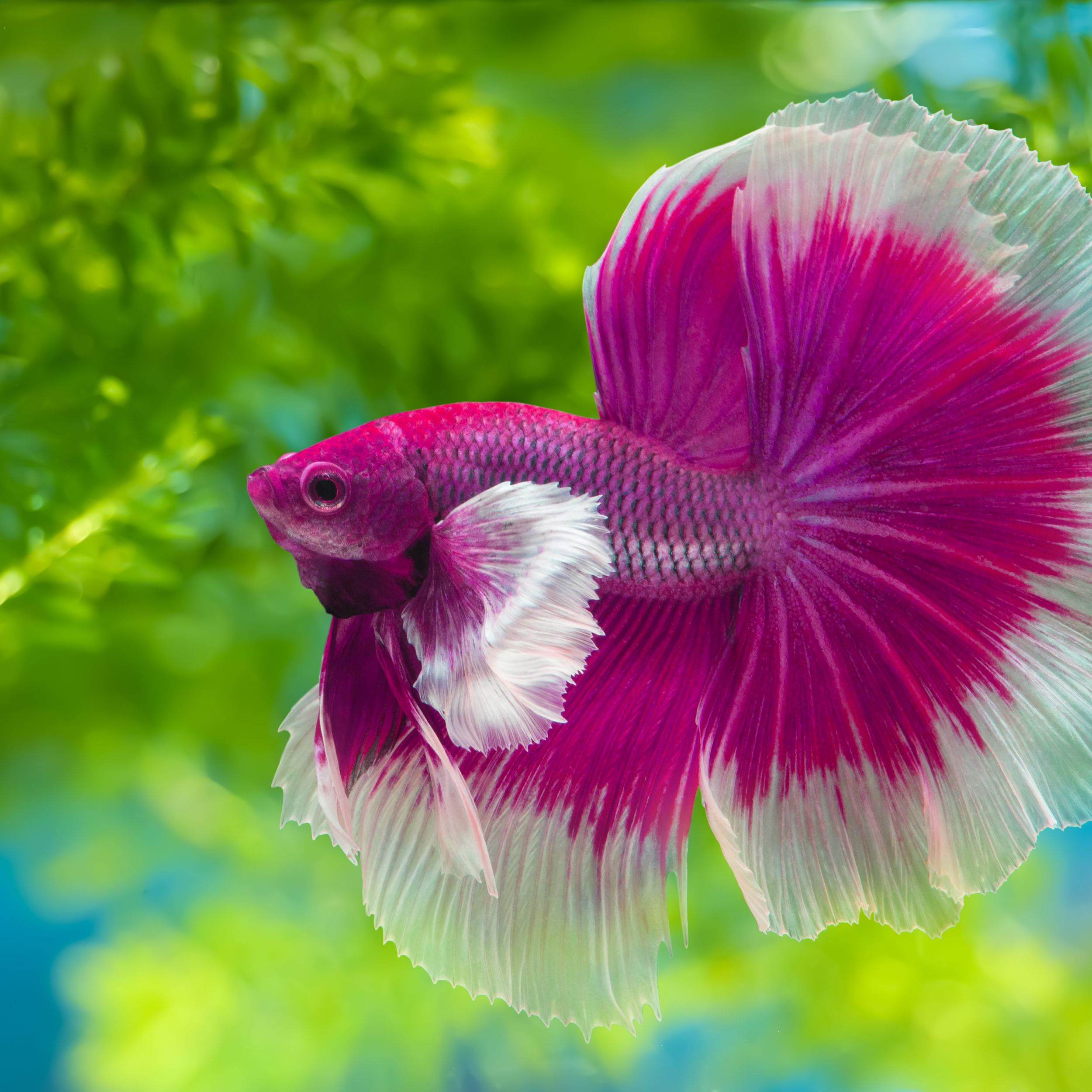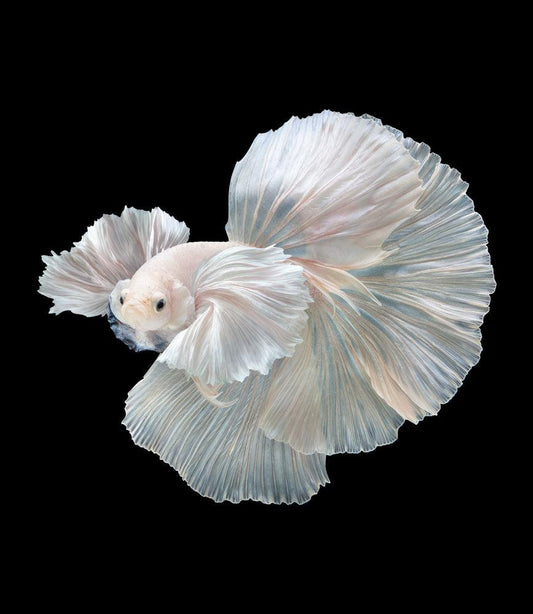How to Develop the Perfect Betta Fish Habitat at Home
Wiki Article
Breeding Betta Fish: a Comprehensive Step-By-Step Overview to Successfully Raising Baby Bettas From Eggs to Adulthood
Reproducing Betta fish is a careful endeavor that calls for cautious planning and execution to make certain the effective advancement of fry from eggs to develop fish. As the male Betta faithfully constructs a bubble nest and guards the priceless eggs, the succeeding phases of treatment and change need focus to information and expertise of finest methods.
Picking Reproduction Pairs
When starting the journey of reproducing Betta fish, choosing the right reproduction pairs is essential to achieving preferable characteristics and a healthy and balanced family tree - betta fish. The primary step in this process is to recognize the certain characteristics you desire to improve or preserve, such as shade, fin type, and physique. It is vital to choose genetically varied sets to prevent inbreeding, which can lead to health and wellness issues and unwanted qualitiesReview potential reproducing candidates very carefully. A healthy male Betta must exhibit lively shades, an active demeanor, and well-formed fins, while the woman needs to also present vibrant coloration and a rounded stubborn belly, indicating preparedness for spawning. Observing the personality of both fish is important, as hostile or overly timid people may not breed efficiently.
Documentation of family tree is just as important. Keeping documents of the moms and dad fish's ancestry can help you track hereditary attributes and potential problems. In addition, consult trustworthy breeders or online resources for support on picking compatible pairs. Ultimately, investing time in the selection procedure will significantly enhance the probability of generating solid, lively offspring that fulfill your breeding goals (betta fish).

Preparing the Breeding Tank
Developing an ideal breeding setting is an essential step after picking suitable sets for Betta fish. The breeding tank must be specifically made to supply comfort and boost the natural reproduction behaviors of the fish. Beginning with a storage tank dimension of at the very least 10 gallons to ensure appropriate space for both the man and female Bettas.Keep a gentle purification system to maintain the water clean while avoiding strong currents that can emphasize the fish. Additionally, an air rock can be included in supply oxygenation without disrupting the water surface area way too much.
Temperature level policy is critical; go for a secure variety of 78-82 ° F(25-28 ° C) utilizing a dependable heating system. The pH level must be kept between 6.5 and 7.5, and routine water adjustments are necessary to make sure high water top quality.
Incorporate floating plants or generating sponges to create hiding areas for the lady, while additionally encouraging bubble nest building by the man - betta fish. Make certain the tank is totally free from sharp designs and any kind of possible threats, as the well-being of the fish should always be prioritized during this crucial phase of breeding.
The Breeding Process
Generally, the breeding process for Betta fish entails a collection of distinct and evident habits that indicate readiness for recreation. The male Betta begins by building a bubble nest at the water's surface, which functions as a site for the fertilized eggs. This nest is important, as it supplies a risk-free atmosphere for the eggs until they hatch.Once the nest is developed, the man will certainly show courtship habits, such as flaring his fins and exhibiting vibrant shades to bring in the woman. The woman, upon sensing the man's readiness, will react by presenting upright stripes along her body, signaling her receptiveness.
When the female strategies, the male takes part in a mating dance, often bring about a welcome referred to as the "spawning." During this welcome, the woman releases her eggs, which the male feeds quickly. The fed eggs then drop to the bubble nest, where the male very carefully collects and returns them to the nest. Following this, the male thinks obligation for protecting the nest and ensuring the safety and security of the eggs up until they hatch out, normally within 24-36 hours. This stage is essential in the reproducing process, laying the structure for successful fry advancement.
Caring for Betta Fry
Taking care of Betta fry requires cautious attention to their atmosphere and nourishment to guarantee healthy Website and balanced growth and advancement. After hatching out, Betta fry are incredibly tiny and susceptible, demanding a stable and clean environment. Maintaining a water temperature in between 78 ° F and 80 ° F is essential, as Betta fry grow in warm conditions. In addition, guarantee that the water is cost-free of you can look here damaging contaminants; regular water changes of 10-20% are advised to maintain optimal water top quality.Feeding Betta fry is just as crucial. Feed them small amounts a number of times a day, being careful not to overfeed, which can lead to water high quality concerns.
Transitioning to Grownup Bettas
As Betta fry mature, transitioning them to adult Bettas is a critical phase that calls for careful monitoring of their environment and social interactions. This process typically begins when the fry reach around 6 weeks of age, whereupon they can be slowly introduced to a more organized living atmosphere.To facilitate this change, it is important to make sure that the water specifications-- such as temperature, pH, and ammonia levels-- are optimal and stable. Adult Betta fish grow in cozy water (around 78-80 ° F) with a pH of 6.5 to 7.5. Gradually adapt the fry to these problems to minimize tension.
Social communications are an additional essential variable; male Bettas are infamously territorial and hostile. As a result, it is advisable to different males right into specific containers as they develop. Women Bettas can be housed together, yet care ought to be taken to keep track of for indications of aggression.
In addition, nutritional changes ought to be made as the fry grow. Include top notch pellets and live foods to support their growth and wellness. By taking care of these variables properly, you can promote an effective change to the adult years for your Betta fish.

Verdict
Successful breeding of Betta fish requires mindful focus to detail throughout the whole procedure, from picking genetically diverse sets to supplying ideal treatment for fry. i was reading this Furthermore, a balanced diet plan and steady adaptation to adult atmospheres are crucial for the development and development of Betta fish.Report this wiki page